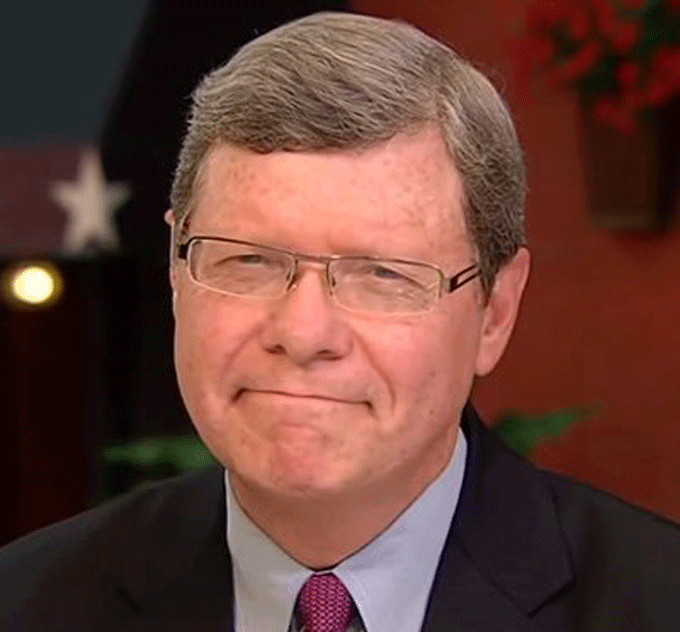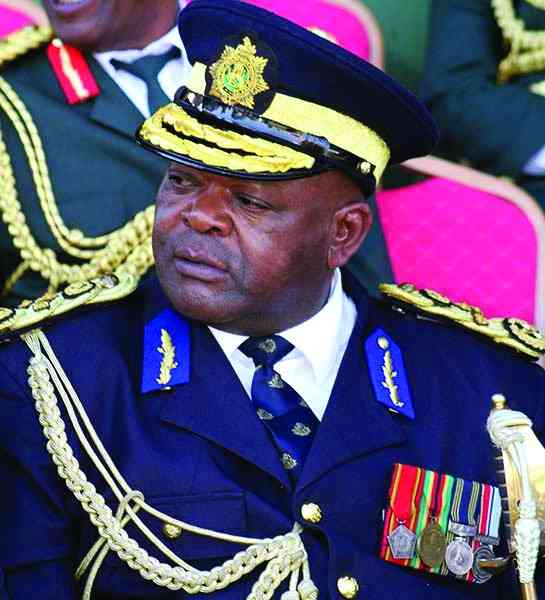
By Tim Middleton
Have you ever heard of Charles Sykes? Have you ever heard of Bill Gates? It is probably safe to say that we have all heard of Bill Gates but not Charles Sykes, which is interesting as everyone quotes Bill Gates’s 11 Rules for Teenagers that he used at a graduation ceremony but few attribute them to the original author, Charles Sykes, which can be found in his book, Dumbing Down Our Kids. From the records received, it would appear that Bill Gates himself did not attribute them to Charles Sykes. Maybe he was proving the first of the 11 Rules – “Life is not fair; get used to it!”
The rules refer to how the world, or the real world, treats people, which is different from what happens in schools. These include: “The world won’t care about your self-esteem. The world will expect you to accomplish something before you feel good about yourself. Your schools may have done away with winners and losers, but life has not. This doesn’t bear the slightest resemblance to anything in real life. Life is not divided into semesters. Television is not real life. In real life, people actually have to leave the coffee shop and go to jobs.” The world, real world, real life.
Charles Sykes and Bill Gates are not the only ones to allude to this difference, to the concept of the real world. Oscar Wilde, the celebrated wit, declared that, “Society exists only as a mental concept; in the real world there are only individuals.” Robert Kiyosaki stated that, “Often, in the real world, it’s not the smart that get ahead but the bold.” Johann Wolfgang von Goethe, a German writer, spoke of how, “In the realm of ideas everything depends on enthusiasm… in the real world all rests on perseverance.” Henry Rollins claimed that “When you start to doubt yourself the real world will eat you alive.” All almost apologise for the fact that the real world is different — why not change it?
Rooney Mara, an American actress, felt for schoolchildren when she said that, “It’s really hard coming of age in today’s society, where society wants you to make the decision of what you want to do with your life by the time you’re 16 years old. Most kids don’t know what they want to do. How could they? They haven’t lived in the real world yet.” Why have they not lived in the real world yet?
The obvious implication from these statements is that what happens in schools is not the real world. That begs a number of questions: if school is not the real world, what is it? A fake world? A dream world? A temporary world? Why is school not the real world? Why are we treating and teaching our children in a way that is allegedly totally different from the so-called real world? Are we not supposed to be preparing children for real life? (Even that question begs a further question: if we are preparing them for life, are they not experiencing life in school? They should be living life in school.)
If children are not living in the real world, then are they not wasting their life? Of course, if we try to protect them from the real world that exists all around us and them, then maybe it is about time we changed the real world, not hide the real world from them. Perhaps, in reality, the children are the ones living in the real world and we as adults are the ones who need to learn how to live in the real world of education. Perhaps the real world exists because we have not helped children to change it.
It is refreshing therefore to read Abby Lee Miller, a US dance teacher, declare that, “When you walk into my classroom, I’m going to give it to you straight, just like in the real world, because that’s the only way to prepare you for the real world.” School is and must be the real world; there should be no difference between school and after-school. School is not preparation for real life; it is real life.
- Chamisa under fire over US$120K donation
- Mavhunga puts DeMbare into Chibuku quarterfinals
- Pension funds bet on Cabora Bassa oilfields
- Councils defy govt fire tender directive
Keep Reading
John McCain, the recently deceased US politician, once professed that, “In the real world, as lived and experienced by real people, the demand for human rights and dignity, the longing for liberty and justice and opportunity, the hatred of oppression and corruption and cruelty is reality.” Surely that applies just as much to children in school. In a previous article we looked at the phrase from a Keats poem that said, “Beauty is truth, truth beauty” and we translated that to read “beauty is education, education beauty”. Perhaps we also need to consider yet another option, namely that “Reality is education (schools), education reality.” School must be reality. School must be the real world just as the real world must be school. We do not just have rules for teenagers; we have rules for all. Real rules; real world rules. Get used to it!
- Tim Middleton is the executive director of the Association of Trust Schools [ATS]. The views expressed in this article, however, are solely those of the author in his private capacity and do not necessarily represent the views of the ATS.
- email: [email protected]
- website: www.atschisz







